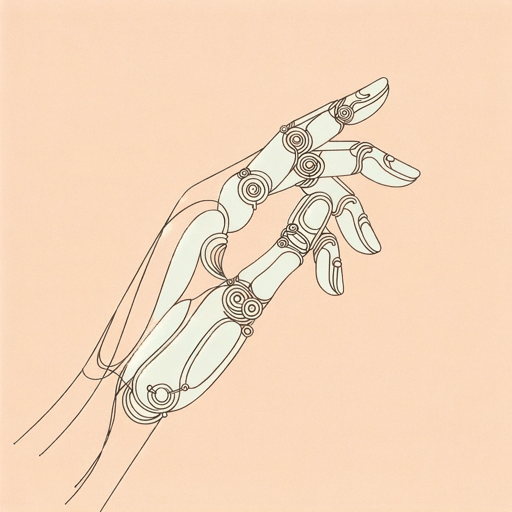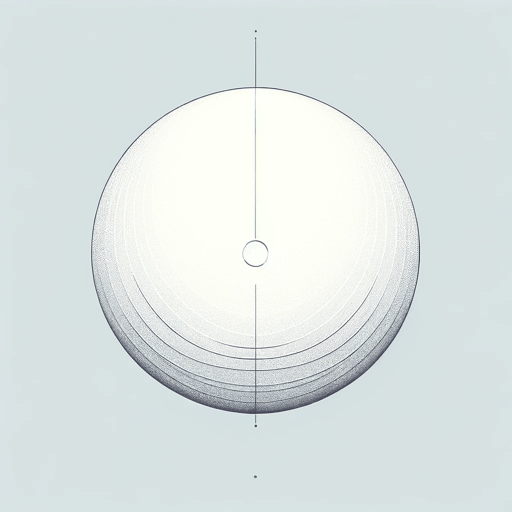32 pages • 1 hour read
Isaac AsimovRain, Rain, Go Away
Fiction | Short Story | Adult | Published in 1959A modern alternative to SparkNotes and CliffsNotes, SuperSummary offers high-quality Study Guides with detailed chapter summaries and analysis of major themes, characters, and more.
Summary and Study Guide
Summary: “Rain, Rain, Go Away”
“Rain, Rain, Go Away” is a short story by American author and professor Isaac Asimov. It was first published in the 1959 issue of Fantastic Universe and later appeared in the collection Buy Jupiter and Other Stories, published in 1975. The story blends elements of science fiction and fantasy to explore themes like The Illusion of Perfection and Control, Curiosity and Judgment, and Fear of the Unknown, as well as representations of the traditional American family and suburban lifestyles that border on satire.
Asimov was a prolific writer, authoring or editing more than 500 books and numerous other works, largely in science fiction, fantasy, and popular science. He is most famous for the Foundation series and the story collection I, Robot, science fiction works that share the overarching concern with the ethics of human and robot interactions that most Asimov fans associate with his work. While “Rain, Rain, Go Away” displays several hallmarks of Asimov’s style, notably using straightforward, conversational language to blend fantasy elements with mundane aspects of everyday life, it’s a departure from his most famous works.
This guide refers to the version of the text published in Buy Jupiter and Other Stories by Doubleday in 1975. Citations are by page number.
“Rain, Rain, Go Away” uses a third-person limited point of view, which mainly follows the conversations of Mr. and Mrs. Wright (George and Lillian) as they attempt to learn more about their new neighbors, the Sakkaros. The story begins as Mrs. Wright peeks out her window to watch Mrs. Sakkaro and comment on her activities to Mr. Wright, who is watching a baseball game on television. He replies distractedly that he heard the Sakkaro boy bouncing a ball against the house, and the couple discuss the possibility of their son, Tommie, making friends with him.
Mrs. Wright continues the conversation by emphasizing how much she’d like to get to know their new neighbors, noting that they know nothing about them, including what Mr. Sakkaro does for a living or where they’re from. The only thing she knows for sure about Mrs. Sakkaro is that “[s]he’s always looking at the sky” and calling her son to come inside, “shouting that it was going to rain” (128). Mr. Wright mentions that Tommie heard the Sakkaros were from Arizona, and suggests that this might explain her overreaction to a rainier climate.
Two days later, Mrs. Wright excitedly tells her husband that they’re going to Murphy’s Park with the Sakkaros the next day. She explains that she went next door and rang the bell, and Mrs. Sakkaro politely invited her in. She tells George the details of their interaction, including what the house looks like inside. Although still not matching his wife’s interest in their neighbors, George agrees to the plan to take the Sakkaros to the amusement park, and his wife reminds him that the other family will go only if the newspapers and weather service confirm good weather.
The next day the Sakkaros, “young and pleasant, dark and handsome” (130), meet the Wrights as planned. Mr. Sakkaro is carrying a pocket-radio, and the Sakkaro boy has an aneroid barometer. The two families take the Wrights’ car and make polite conversation above the whisper of the pocket-radio, and when they arrive at the park, the weather is hot and dry. Mrs. Wright buys tickets for the two boys to enjoy the amusement park rides, and Mr. and Mrs. Sakkaro head to the refreshment stand.
Mr. Wright is increasingly bothered by the Sakkaros, as Mr. Sakkaro is handsome and vague about his profession. He then comments to his wife that he asked whether the Sakkaros were from Arizona, as Tommie reported, and Mr. Sakkaro laughed and looked surprised. The Wrights then discuss the possible origins of the name Sakkaro, hoping to guess the family’s ancestry.
Mr. and Mrs. Sakkaro return holding sticks of cotton candy for themselves and for the Wrights, and the two couples walk through the amusement park playing games until they’re joined by the boys, who have finished going on the rides. The Sakkaros immediately take their son to the refreshment stand for cotton candy.
Further irritated by their behavior, Mr. Wright comments that he’ll be sick if he has to watch them eat any more cotton candy. He says that Mr. Sakkaro “looked grim and shook his head” (131) when he offered him a hamburger. Mrs. Wright agrees with his irritation and curiosity, commenting that Mrs. Sakkaro seemed horrified when she offered her an orange drink. The Wrights assume that the Sakkaros have never been to an amusement park like this before and will just have to get used to things.
As the Wrights continue walking, they notice the sky clouding up. The Sakkaros meet them and insist on going home, seemingly terrified of a potential thunderstorm. On the drive home, the Wrights attempt to comfort their neighbors but feel impatient with their unexplained and unwarranted fears. They pull up to the Sakkaros’ house just as the first drops of rain begin to fall, and the Sakkaros run for cover. The rain suddenly comes down heavily, and the Sakkaros turn to stare at the sky as they melt and collapse, sinking into “three sticky-wet heaps” (133), confirming Mrs. Wright’s comment that the family was “made of sugar and afraid they would melt” (134).
Related Titles
By Isaac Asimov

Foundation
Isaac Asimov

Foundation and Empire
Isaac Asimov

I, Robot
Isaac Asimov

Robot Dreams
Isaac Asimov

Someday
Isaac Asimov

The Caves of Steel
Isaac Asimov

The Fun They Had
Isaac Asimov

The Gods Themselves
Isaac Asimov

The Last Question
Isaac Asimov

The Ugly Little Boy
Isaac Asimov
Featured Collections
Class
View Collection
Class
View Collection
Community
View Collection
Education
View Collection
Fear
View Collection
Good & Evil
View Collection
Jewish American Literature
View Collection
Nation & Nationalism
View Collection
Order & Chaos
View Collection
Safety & Danger
View Collection
Trust & Doubt
View Collection

